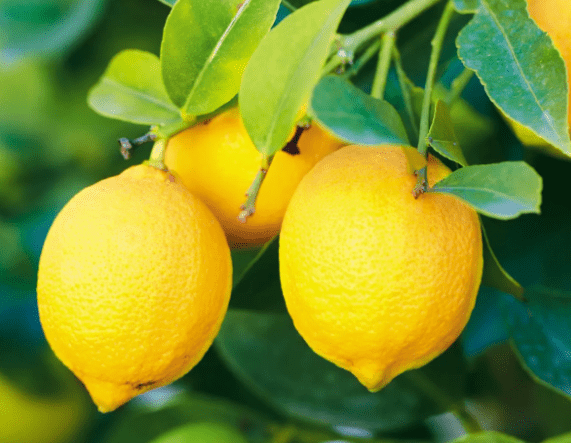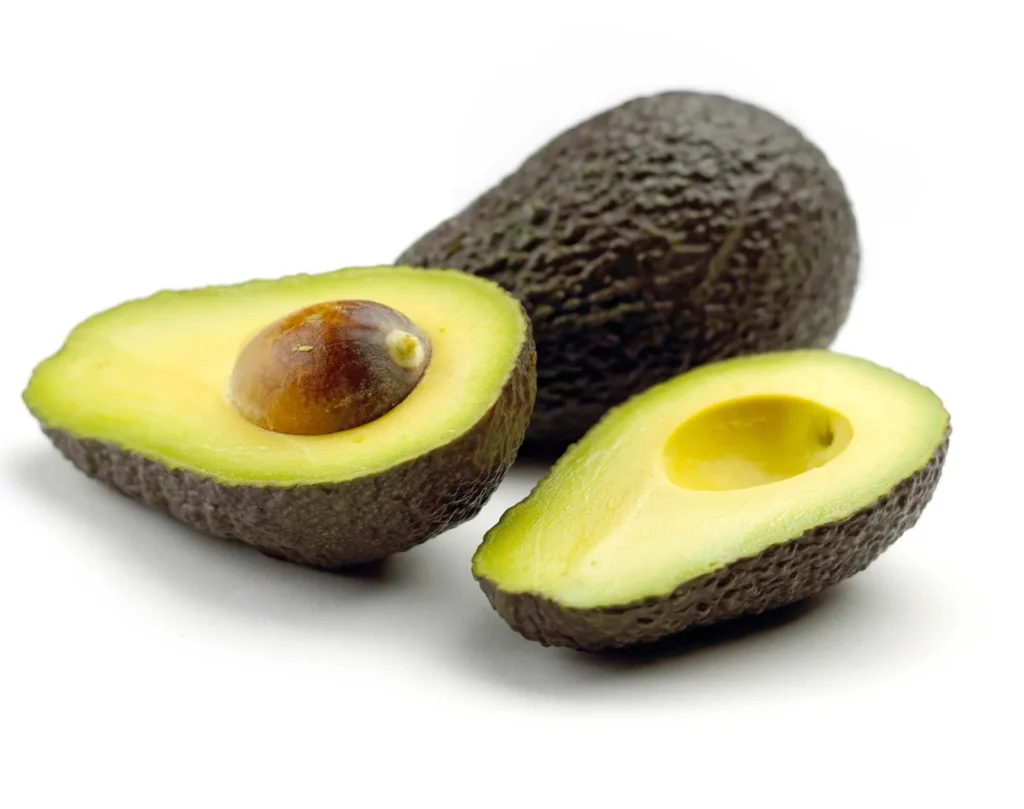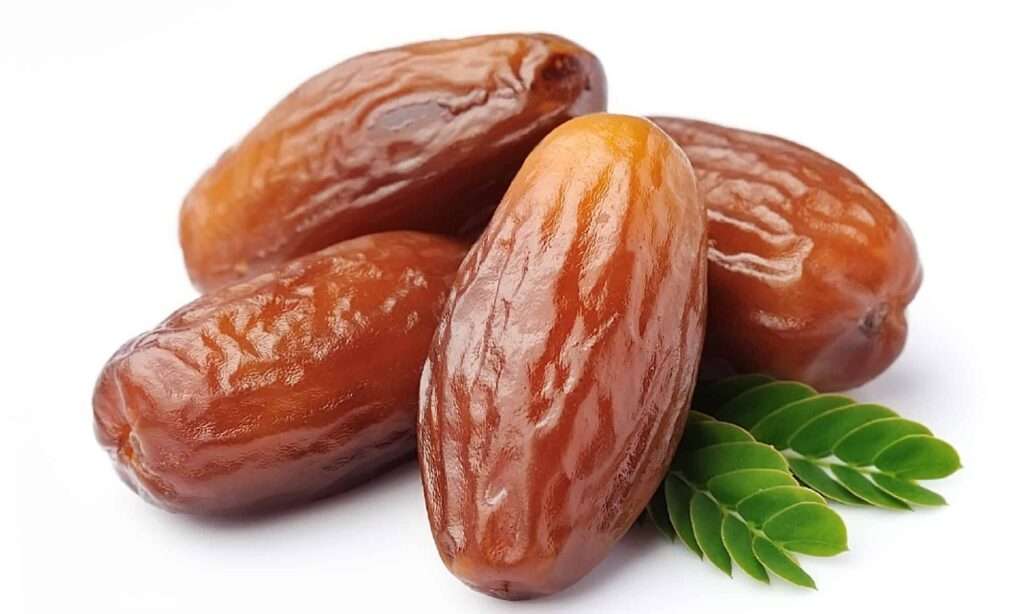
Description
The lemon is a fruit that is spherical and slightly elongated. It has a robust, resistant skin that is an intense bright yellow colour when fully mature and releases a unique perfume when cut. The pulp is gore-shaped, light yellow in colour, juicy, and acidic.
Varieties
In the warmer regions of the United States, there are three primary varieties of lemon trees.
Citrus x limon ‘Eureka’ lemon trees This is a well-liked domestic type and, together with the Lisbon lemon, the lemon that is most extensively offered in stores around the world.
Lemon trees native to Lisbon (Citrus x limon ‘Lisbon’): A delicious, luscious fruit with few or no seeds is produced by this cultivar.
Citrus x meyeri, the Meyers lemon tree: They are essentially a cross between a mandarin orange and a lemon. They are sweeter, or at least less sour, than the other varieties mentioned above.

Uses
A common ingredient in many pastries and sweets, including tarts and the classic American lemon meringue pie, is lemon juice. The fruit’s peculiar astringent flavor is used to improve several fish, poultry, and vegetable meals all around the world. Lemon juice is frequently added to tea, while lemonade, which is produced with sugar, lemon, and water, is a popular summertime beverage.
Nutrition
A 100 g serving of lemon provides 64% of the Daily Value for vitamin C, making it an excellent source of the vitamin. There is a dearth of other necessary nutrients. Numerous phytochemicals, including as terpenes, polyphenols, and tannins, are present in lemons.
Cultivation
Requirements Lemons are subtropical plants, and areas with significant seasonal changes are optimum for growing lemon trees. They are quite sensitive to cold and will grow best at temperatures between 26 and 28 °C.
Table





